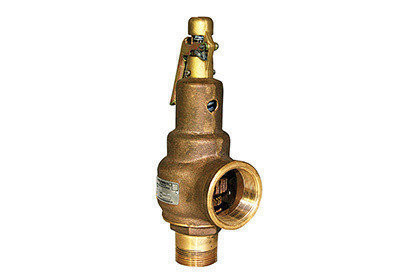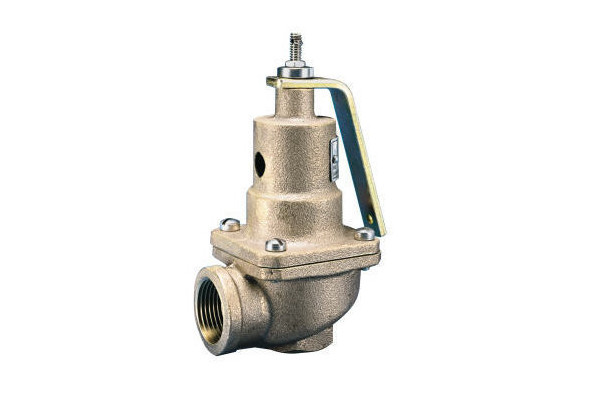Relief Valves
Relief valves are safety devices that prevent over pressure of a vessel or line. They typically can be used for liquid, steam, or gas. We can help you with proper selection of relief valves and sizing based on the system you are trying to protect. We can offer quick delivery on itemssuch as Kunkle, Conbraco, and Watts relief valves as well as many other manufactured brands.
If you do not see the part you want below, feel free to use the chat function and see if we possibly have the part you are looking for in stock.

Manufacturers View all
What is a Relief Valve & what is its function?
Pressure relief valves prevent a boiler from becoming dangerously over-pressurized. If something goes wrong in a boiler and the pressure spikes, or gradually moves beyond spec, the pressure relief valve will open to vent excess steam or water to protect the other components of the boiler from damage.
Different Types of Relief Valves & How to Choose
Pressure relief valves are designed to open when they are exposed to a pressure level beyond the boiler’s specified safe limits. Different boiler designs require different operating pressures and temperatures, and pressure relief valves can be found in multiple locations in a boiler. That’s why WARE stocks pressure relief valves for a wide range of applications and specifications.
Steam Relief Valves are found in areas with high-pressure steam
Water Relief Valves are used in the boiler’s water side.
Drip Pan Elbows connect to pressure relief valves to direct steam and hot condensate into a safe area.
The Role Relief Valves Play in a Boiler
Pressure relief valves are a safeguard against over-pressurization. If a boiler’s internal pressure goes beyond spec, it can cause significant stress on the other parts of the system. If left unchecked, rising pressure can also cause dangerous explosions.
what are the Effects of a Bad Relief Valve?
When a pressure relief valve goes bad, it can fail to an open or closed position.
If the valve is a fail-open design, it will immediately start to release steam or water, preventing the boiler from reaching proper operating conditions.
If the valve is a fail-closed design, it will cause excessive pressure to increase, rather than decrease.
It’s important to know which kind of valve is in the boiler system you’re operating, so you can know the signs of a potentially failing pressure relief valve.
Things to Consider about relief valves:
- When a pressure relief valve is activated, also known as “popping off”, it will vent steam or hot water. Make sure every pressure relief valve drains to a safe area.
- Check your pressure relief valves regularly for leaks. If you can see or hear steam or water escaping when the boiler is not over pressure, contact a professional for an inspection right away.
- Keep your pressure relief valves clean. If dirt, grime, soot, or precipitate build up on the valve, it may not be able to operate properly.
Helpful Resources
Relevant WARE Videos on Relief Valves
Explore over 750+ explanatory videos on boilers and boiler systems on our Youtube channel. Our videos can help you quickly grasp complex boiler topics. Watch more here!
Relevant WARE Blog Articles on Relief Valves
How a Safety Valve Works on a Steam Boiler - Boiling Point
Understanding Boiler Pressure Controls
Today’s Lesson in Physics: The relationship between steam pressure and temperature
Our informative and educational blog content can help you gain a deeper understanding of the boiler room. Read more here!
Technical Documents
Relief Valves FAQ
What causes pressure relief valves to go bad?
There are a few common causes of pressure relief valve failure. The valve can become stuck from the buildup of dirt, soot, or other debris. Valves can also fail over time simply from normal use, so regular inspections are crucial.
How do I test my pressure relief valve?
Many pressure relief valves allow manual testing via a lever, switch, or pin that releases a small amount of pressure when actuated, and seals again tightly after testing.











